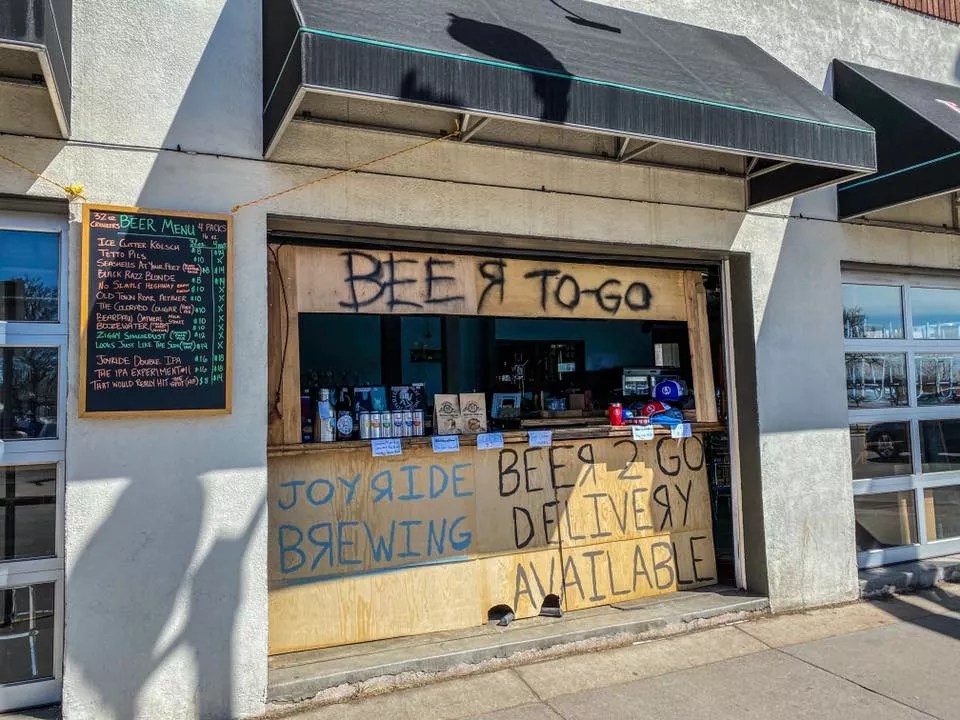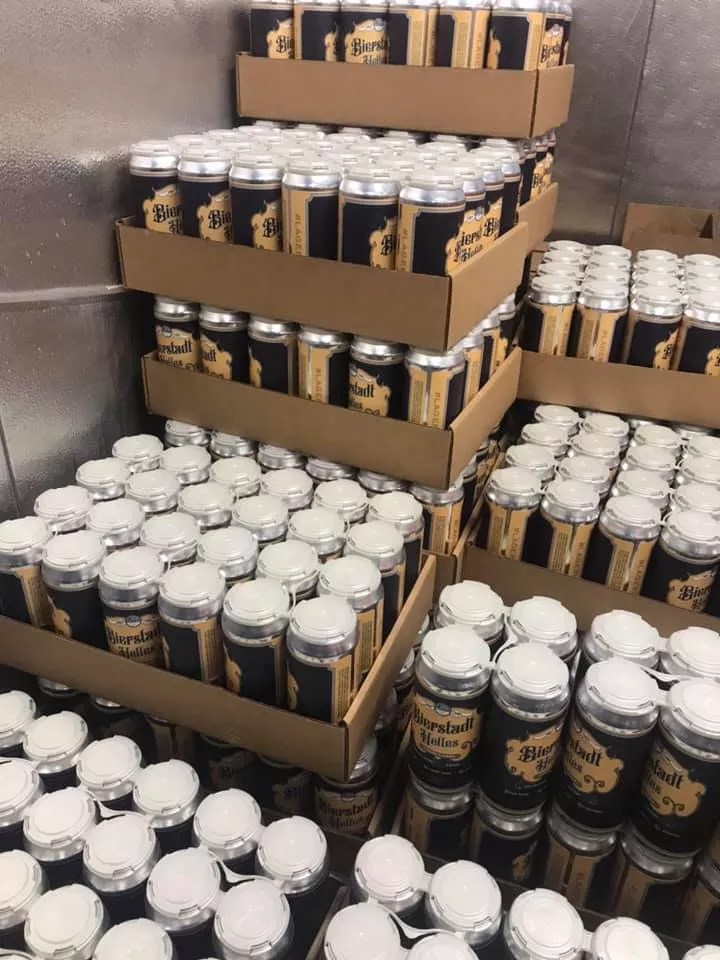
Joyride Brewing

Audio By Carbonatix
Craft breweries across the country made 23.1 million barrels of beer in 2020, about 9 percent less than in 2019, while total sales declined a whopping 22 percent, to $22.2 billion, according to the Brewers Association. It was the first production decline since the BA started tracking sale and volume numbers in the 1980s.
Despite that punch in the face, only 346 breweries closed nationwide, or 4 percent of the industry, on par with the previous year. In the meantime, 716 new breweries opened, so despite the effects of the pandemic, there is now an all-time high of 8,764 beer makers in existence, with around a thousand more still in planning.
That’s a far cry from the devastation that the BA had predicted last April, when a survey showed that there was potential for half of all breweries to close if pandemic lockdowns continued.
So, the pint glass is half full? That’s what BA chief economist Bart Watson believes. “There are things…that are not as negative as we expected when we first started tracking [this],” he explains. “It’s not the dramatic collapse that we expected. Small brewers were able to hold up.”

Bierstadt Lagerhaus was one of many local breweries that canned beer to stay in business.
Bierstadt Lagerhaus
The two primary reasons breweries were able to stay alive were government funding (breweries received more than $400 million in emergency aid in 2020) and their ability to quickly change business models (sometimes overnight) and start packaging beer and selling it to go or via delivery. That last point also helped breweries stay alive when other hospitality businesses, like restaurants, suffered great losses.
Heading into 2021, Watson says he believes the craft-brewing industry will recover to some degree – especially during the warm-weather months, growing by at least 3 to 4 percent and maybe by as much as 5 to 6 percent. That would still leave breweries below their volume levels from 2019, but it would be a positive indicator.
He also warns, “We are not out of the woods yet.” For some breweries, sales may not recover quickly enough to justify another year of business, especially going into the winter.
“We will have a really good sense of this by end of summer, early fall,” Watson adds. “2021 will make a lot of these numbers clearer in context.”